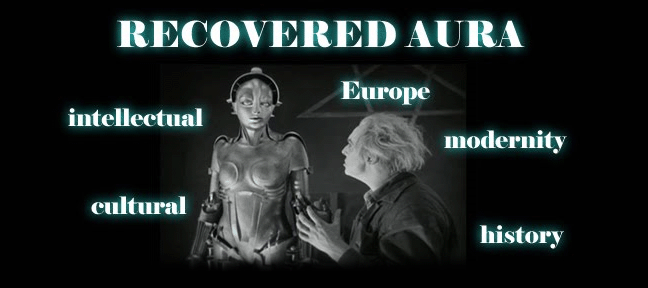
"To him who looks upon the world rationally, the world in its turn
presents a rational aspect. The relation is mutual."
"Truth in philosophy means that concept and external reality correspond."
~ Georg Wilhelm Friedrich Hegel, philosopher (1770-1831)

"Beauty is a manifestation of secret natural laws,
which otherwise would have been hidden from us forever."
"Nature knows no pause in progress and development,
and attaches her curse on all inaction."
~ Johann Wolfgang von Goethe, poet & philosopher (1749-1832)

Their philosophical views were inflected in a deeply metaphysical and poetic tone. The idea that things are "becoming" extended to all of creation- including human beings. Hegel and Goethe's ideas are idealistic as well as deeply Romantic. Each was attempting to bridge the gulf between a purely materialistic description of nature and the intuitive experience of the human spirit in relationship to nature. Both men believed that Spirit (Geist) -or the Life Force- was manifesting through the material world, ever-changing, ever-moving toward a place of greater wisdom, higher perfection. Little wonder than that this highly spiritualized philosophy of life would culminate in the work of a German scientist, eager to show that Nature herself was the greatest artisan.
Ernst Haeckel (1834-1919) would not only be the great popularizer of Darwin in his nation, he would present his voluminous discoveries of new species and his deeply spiritual ideas about nature and evolution in beautiful volumes of incredibly detailed illustrations. Haeckel was both a sensitive scientist and an exacting artist. These richly illustrated books showcased natural forms as exquisite works of aesthetic contemplation.
in Canary Islands, 1866 photograph.
Click here to see an entire slide-show essay on Haeckel from Slate.com




Below: Trailer for Proteus: A Nineteenth Century Vision (2004) a documentary film on Ernst Haeckel and his nature imagery. The film focuses on how the human representation of nature is embedded in larger patterns of culture, belief and artistic standards.
Haeckel is famous for coining the phrase "ontogeny recapitulates phylogeny".
This is a summation of his recapitulation theory: during embryonic development, a foetus will manifest earlier traits associated with its specie-ancestors. Although discredited as an accurate description of the developmental process in relationship to evolution, it persists as a popular scientific idea. We also know that Haeckel fudged some of his illustrations to make the recapitulation process appear more prominent in his foetus subjects.
The following images are from Haeckel's seminal text Kunstformen von der Natur (Art Forms of Nature). Originally published in sets of ten between 1899 and 1904 and as a complete volume in 1904, it consists of 100 prints of various organisms, many of which were first described and drawn/painted by Haeckel himself. It's easy to see why these prints have never lost their popular appeal.




Below: Trailer for Proteus: A Nineteenth Century Vision (2004) a documentary film on Ernst Haeckel and his nature imagery. The film focuses on how the human representation of nature is embedded in larger patterns of culture, belief and artistic standards.



No comments:
Post a Comment